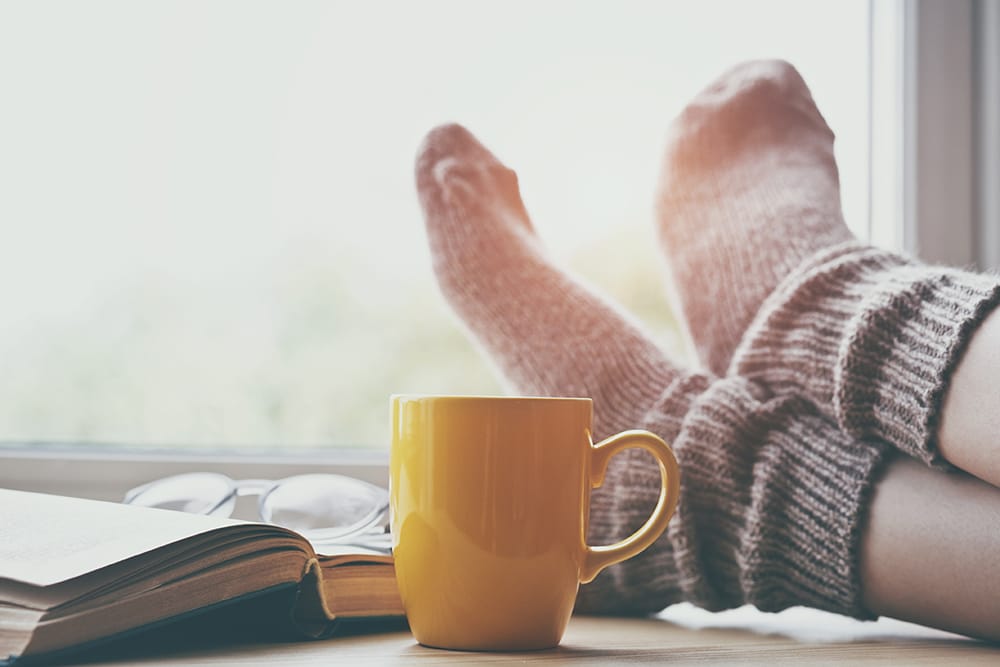When winter arrives, cold weather can put extra strain on both your comfort and the property you rent. As a tenant, a few preventative actions can make a big difference in keeping your home warm, energy-efficient, and free from common winter problems like damp, mould, or frozen pipes. While landlords are responsible for major repairs, tenants can take practical steps to reduce risk and prevent avoidable damage. Below are ten useful strategies to prepare your rented home for the colder months.
1. Keep a Steady Indoor Temperature
Avoid large temperature swings inside your home, as they encourage condensation, which can lead to mould. Rather than turning the heating off completely during the day and cranking it up at night, maintain a gentle, consistent temperature of around 16–18°C. If you have a programmable thermostat, set short heating periods throughout the day to preserve warmth efficiently and reduce the risk of frozen pipes.
2. Encourage Airflow and Good Ventilation
Fresh air still matters in winter. Open windows for 10–15 minutes each day, especially after showering, cooking, or drying clothes indoors. Use extractor fans where fitted and ensure vents and airbricks aren’t blocked by furniture. Proper ventilation controls moisture levels and helps prevent condensation, damp patches, and mould formation.
3. Report Repairs Promptly
Minor issues can quickly escalate in cold weather. Report leaks, faulty heating, dripping taps, or damaged seals to your property manager as soon as you spot them. Early reporting avoids disputes about responsibility and enables repairs before small problems become costly, for example, a slow leak that turns into a burst pipe during a freeze.
4. Check and Bleed Radiators for Better Heating
If radiators are cold at the top and warm at the bottom, trapped air is likely restricting hot water flow. Bleeding a radiator releases that air and improves heating efficiency. To do this safely: switch off the heating and let radiators cool; locate the bleed valve near the top corner; use a radiator key (or flat screwdriver on some models) to turn the valve anti-clockwise until you hear air escaping; when water flows steadily, close the valve clockwise and wipe any drips. Check the boiler pressure afterwards. If it has fallen below the recommended level (often 1–1.5 bar), top it up per the boiler manual or ask your property manager. If radiators remain uneven despite bleeding, request a professional service.
5. Protect Pipes from Freezing
Frozen pipes can cause serious water damage. Insulate exposed pipes with pipe lagging, especially in lofts, garages, and along external walls. If you plan to be away during a cold spell, leave heating on a low setting rather than switching it off, or ask your property manager about shutting off and draining the water system safely. If you suspect a frozen pipe, turn off the water supply immediately and contact your property manager at Michael Hardy – don’t use an open flame or heat source to thaw it.
6. Stop Draughts and Keep the Heat In
Seal gaps around doors, windows, and letterboxes with draught excluders or weather-stripping. Close curtains at dusk to trap heat (heavy or thermal curtains work best) and keep internal doors closed to focus warmth where it’s needed. Avoid blocking radiators with furniture to ensure proper air circulation.
7. Manage Condensation and Moisture
Condensation forms where warm air meets cold surfaces. Control it by balancing heating and ventilation: keep rooms reasonably warm and ventilate them regularly. Wipe down windowsills and window panes daily, especially in bedrooms and bathrooms. Pull furniture slightly away from external walls to let air circulate. If moisture problems persist, a dehumidifier can help in kitchens, bathrooms, or cellar areas.
8. Keep Gutters, Drains, and Outdoor Areas Clear
If your tenancy includes outdoor responsibilities, clear leaves and debris from gutters, drains, and paths. Blocked gutters can cause overflowing water and internal damp, while icy or leaf-covered paths are a safety hazard. Turn off and insulate outside taps, and store garden furniture, bikes, and tools indoors or under cover to protect them from frost and heavy rain.
9. Test Smoke and Carbon Monoxide Alarms
Winter raises the use of heating appliances, so working alarms are vital. Test smoke detectors and carbon monoxide alarms monthly and replace batteries as needed. If an alarm is missing, faulty, or persistently beeping, inform your property manager immediately.
10. Be Energy-Aware
Energy bills often climb in winter, but small habits can lower costs. Use thermostatic radiator valves to control temperatures room-by-room, and switch off lights and appliances when not in use. If your tariff has cheaper off-peak times, run dishwashers or washing machines then.
Final Thoughts
A little preparation goes a long way. Keeping a consistent temperature, allowing airflow, checking radiators, and reporting faults early will help you stay comfortable and prevent damage like damp, mould, or burst pipes. These simple steps protect your deposit, reduce repair risk, and keep your rented home safe and cosy throughout the winter.

